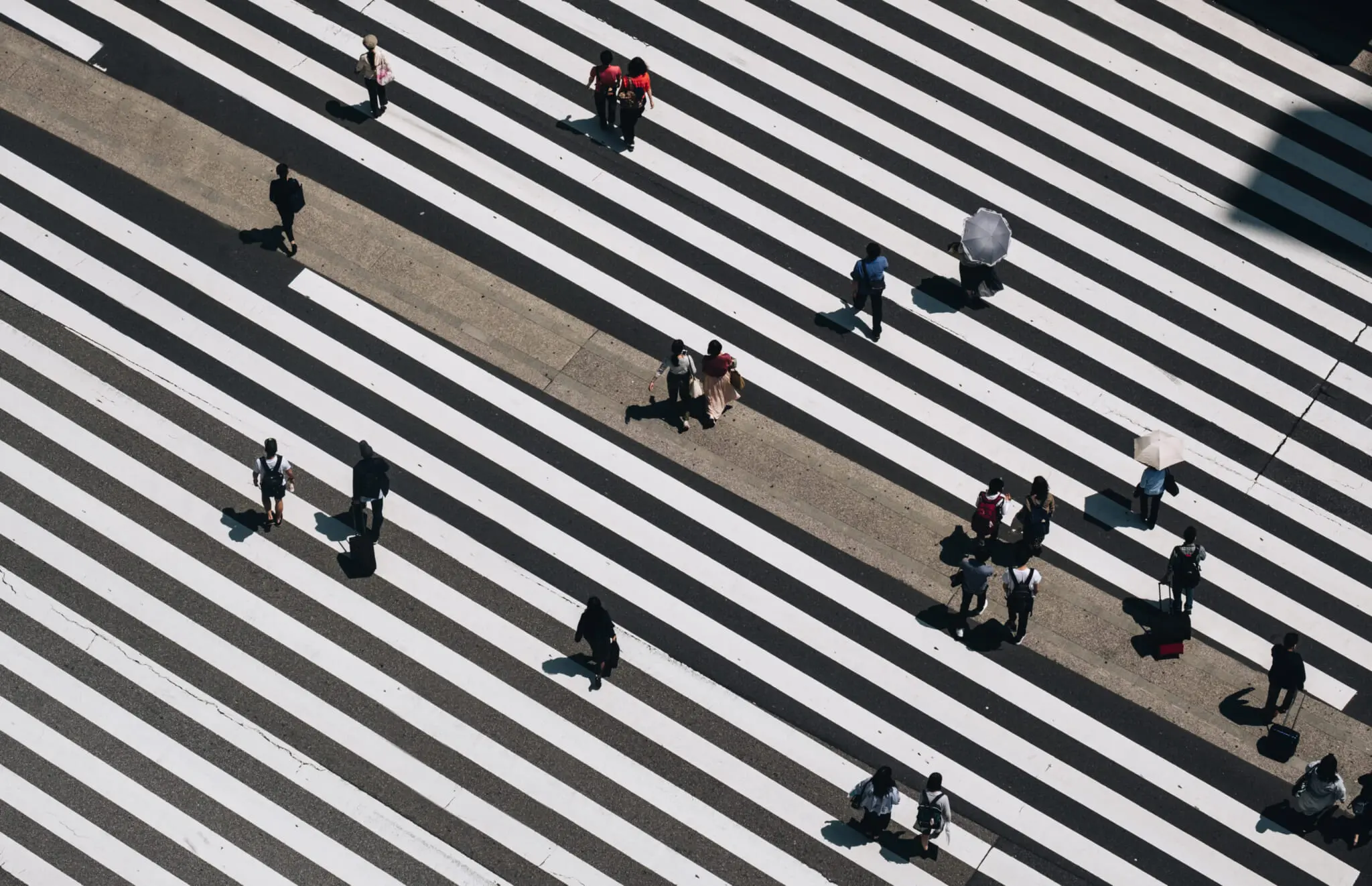Shibuya Scramble is one of Tokyo’s incomparable sights and perhaps the most photographed location in the capital — and not without good reason. There’s something about the towering commercial buildings, dozens of advertising billboards, and the sheer number of pedestrians that give this particular crossing a truly magical atmosphere. But street photographers, both amateur and professional, might want to consider looking into lesser-known alternatives that have similar levels of oomph with a portion of the crowd. Below are five Tokyo crossings that we feel deserve some love.
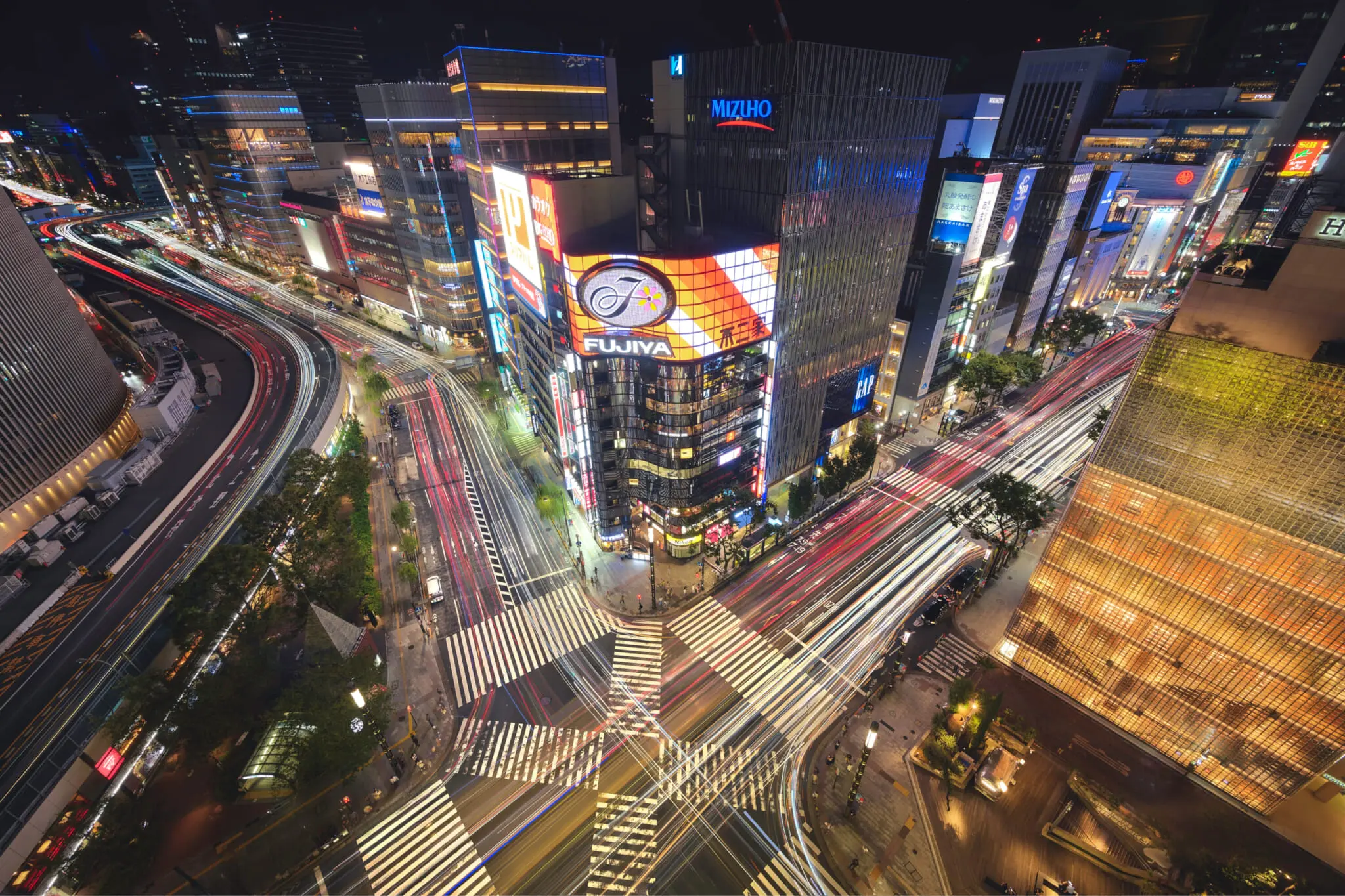
Photo by structuresxx via Shutterstock
Sukiyabashi Crossing
Probably as close to Shibuya Scramble as you can get in Tokyo (without actually being in Shibuya) is Ginza’s Sukiyabashi Crossing. In addition to the crisp white pedestrian lines, Ginza Sony Park’s outdoor hangout, and the nearby Sukiyabashi Park give all the visual and auditory stimulation to create that neo-Tokyo feeling. But what makes this crossing visually striking is the towering Tokyu Plaza Ginza. The architects in charge of this project were inspired to recreate the effects of Edo Kiriko glass onto the building’s facade. This crossing is sometimes nicknamed “the Gate of Ginza” and the architecture of Tokyu Plaza Ginza sets the tone for the rest of Tokyo’s high-end shopping district.
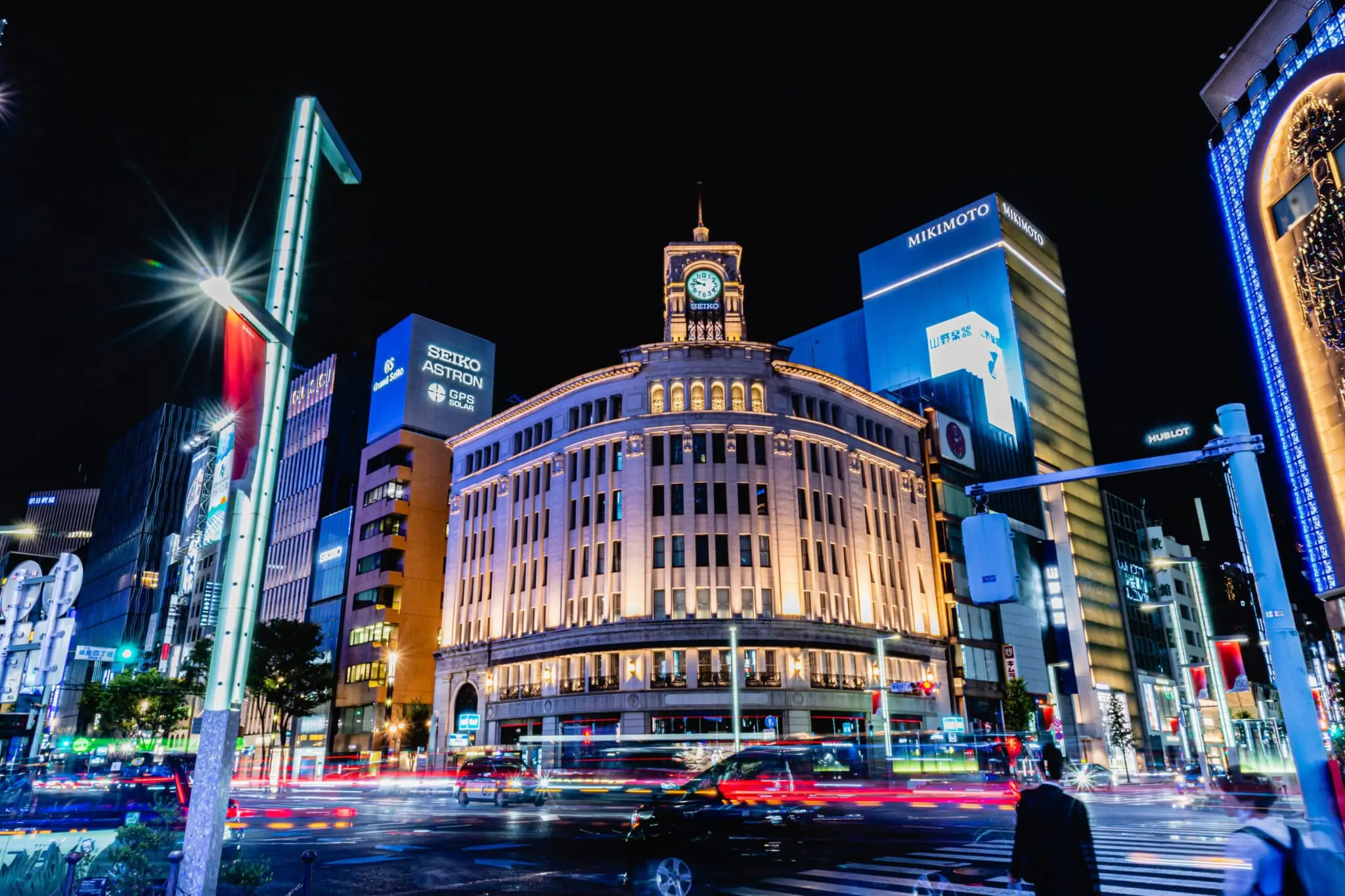
Photo by DRN Studio via Shutterstock
Nissan Crossing
Deeper into the Ginza neighborhood, you’ll find another crossing that leaves a lasting impression. At the crossroads of the Seiko headquarters — officially named Seiko House Ginza — this crossing embodies the luxe and feel of Tokyo’s twist on New York City’s Fifth Avenue. This single location provides fantastic views of architectural trends and styles. Even if you’re just window shopping here, you’ll see just how vast Japan’s crafts are. In one corner, you’ve got Seiko’s precise wristwatches. On the other side of the crossing, you’ve got Nissan’s latest cars and a fully-equipped Sony showroom.
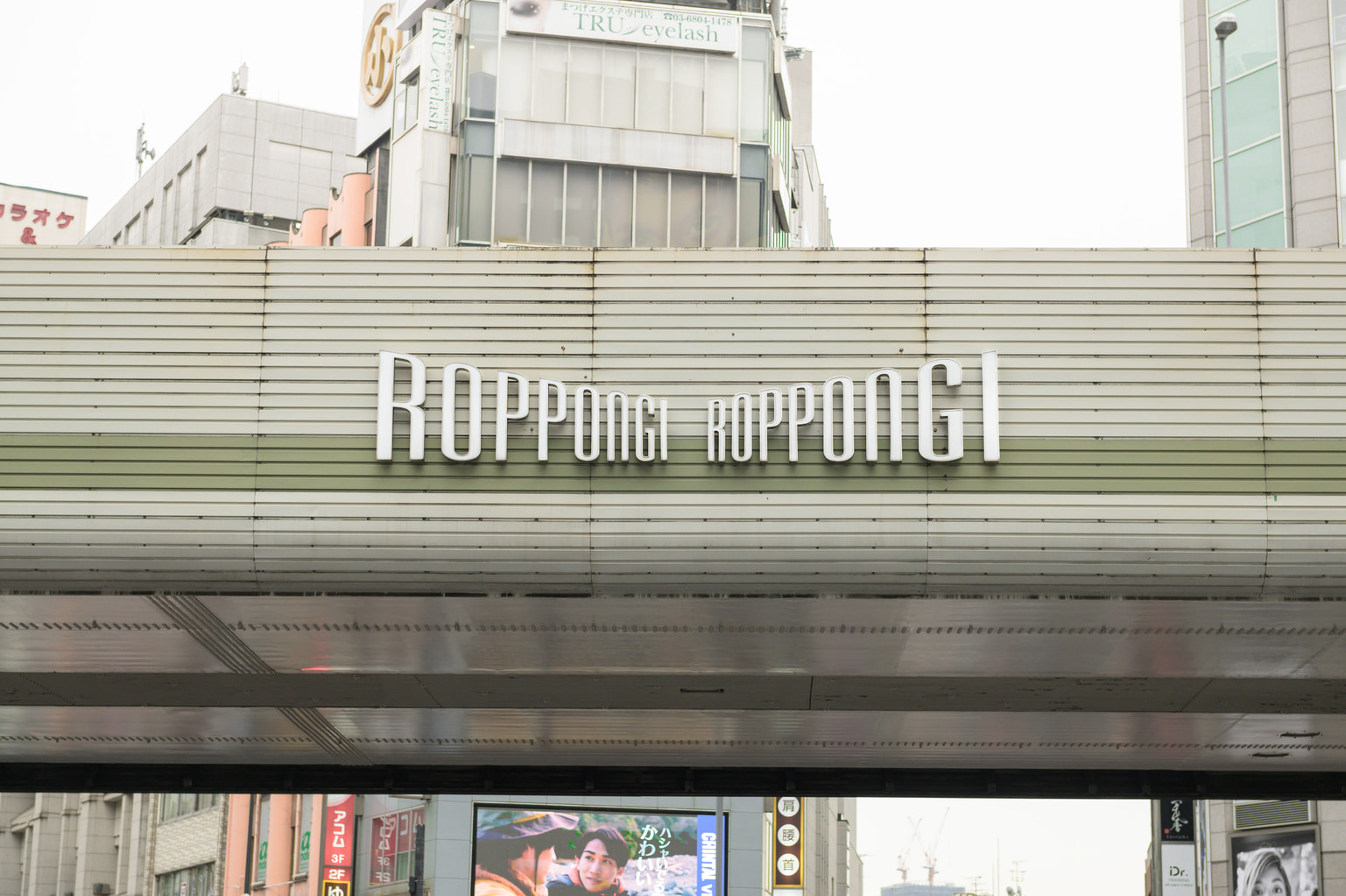
Photo by Ben Cooke
Roppongi Crossing
While it doesn’t gather as big a crowd as the crossings in Shibuya or Ginza, the Roppongi Crossing has its charms. Much like Shibuya Scramble, this crossing looks magical at night, when you can see the twinkling lights of the neighborhood’s skyscrapers. Except there’s one big difference between Shibuya and Roppongi: Roppongi Crossing has the Metropolitan Expressway running straight through it like a monolith. You often forget that just above you is the Shibuya Route, which starts at Azabujuuban and stretches all the way to Yoga. One of the most recognizable sights of this crossing is the ‘Roppongi’ signs on the side of the expressway.
Visit one of our top Roppongi coffee shops when in the neighborhood.
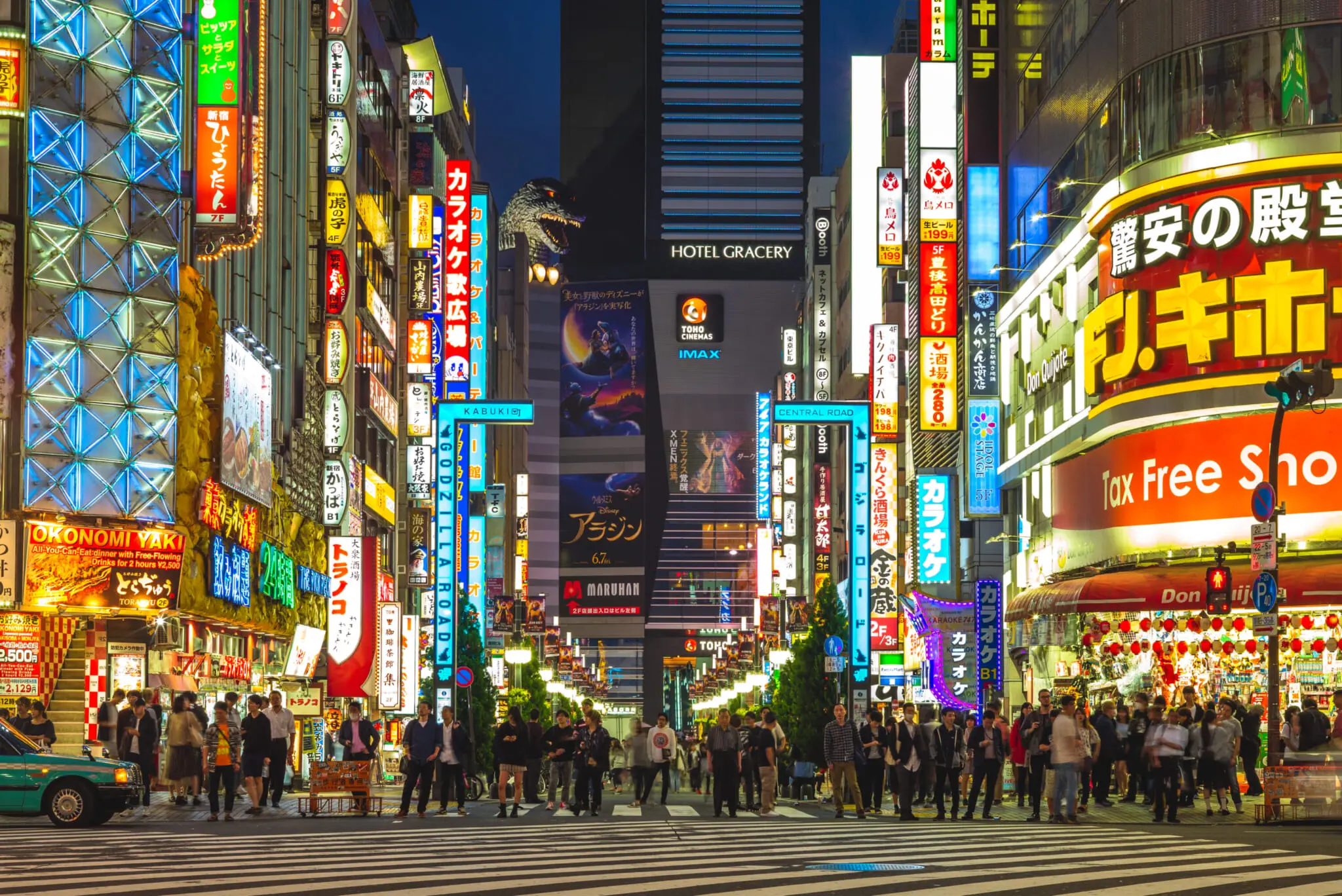
Photo by Richie Chan via Shutterstock
Kabukicho Crossing
Admittedly, this crossing isn’t as impressive to look at until you look up. The Kabukicho Crossing (not to be confused with the entrance to Kabukicho Street) is where you can get a clear view (and shot) of Toho Cinema’s peeping Godzilla head. Yes, you can get great views of Tokyo’s nightlife alleys in most business districts, but Kabukicho is unique in that it is so obviously (if not openly) the capital’s red-light neighborhood. There’s something about the neon signs pointing to restaurants and bars, the crowd of university students and salarymen and a pop culture icon coming together in such a small corner of Shinjuku that makes this location worth photographing.
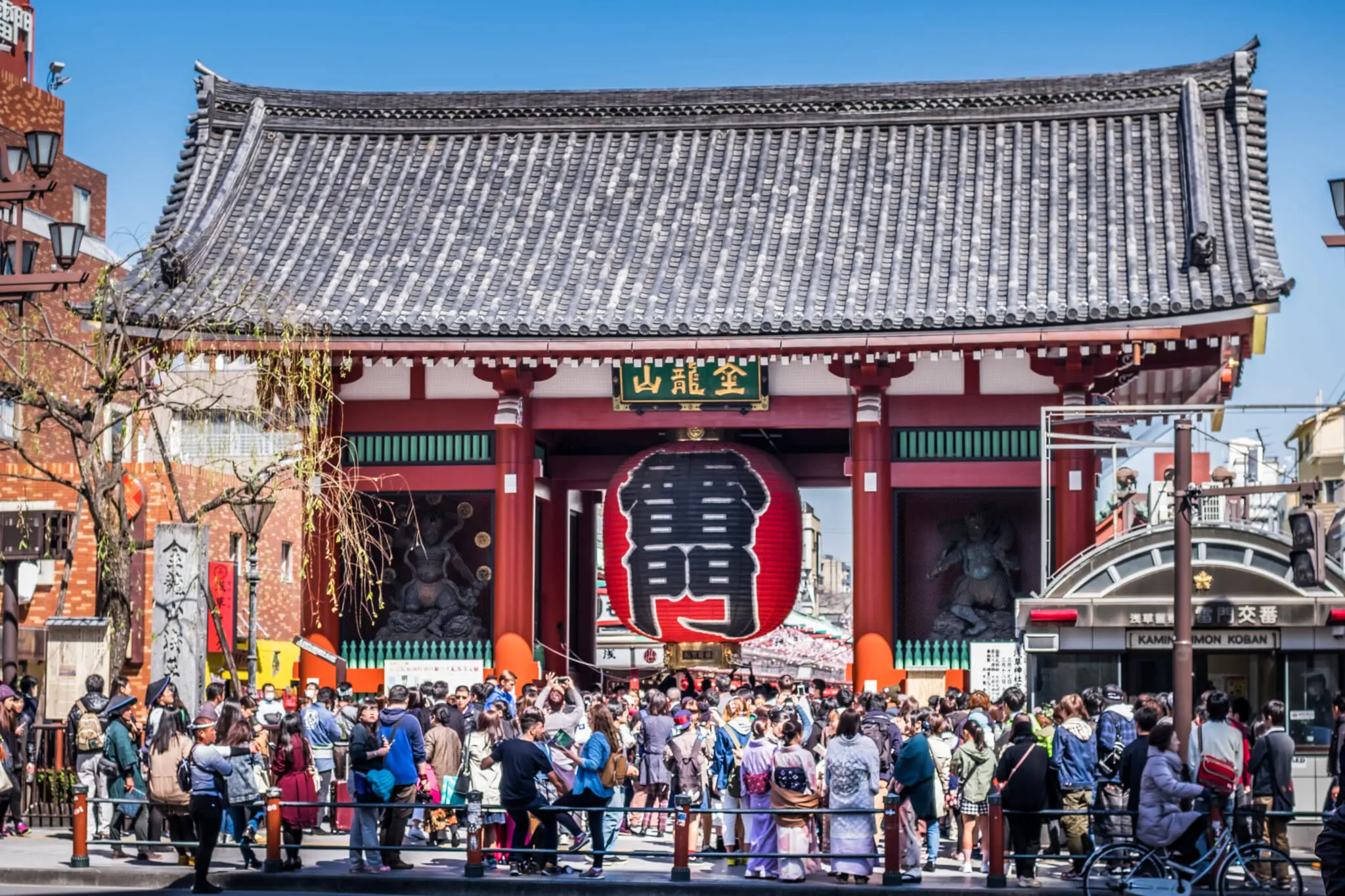
Photo by GotKom via Shutterstock
Asakusa Crossing
The first not-extremely-urban mention on this list is the Asakusa Crossing, which marks the entrance of Nakamise-dori and the lead-up to Sensoji Temple and Asakusa Shrine. After Shibuya Crossing, this one is probably the most recognizable view of Tokyo from a pedestrian angle. It needs little introduction, but we can’t mention Asakusa without talking about Kaminarimon Gate and its grand lantern, arguably the most obvious reason this crossing is on this list. The gates to Nakamise-dori are imposing and inviting. The group of rickshaw drivers that always seem to be lingering around the entrance to the street add to the atmosphere. Across the street from Kaminarimon Gate is Asakusa Culture Tourist Information Center, designed by architect Kengo Kuma. It’s a well-known place to see the lead-up to the shrine from above and a good vantage point to see the gates in all their glory.

